 East Hotel (东方宾馆) is one of the many splendid hotels in the history of Shanghai but fade out to be a small potato in the hotel industry. It is just at the People’s Square – Xizang Road, and Guanxi Road. I see the roof of the hotel everyday from my window in the office. The history changed very thing.
East Hotel (东方宾馆) is one of the many splendid hotels in the history of Shanghai but fade out to be a small potato in the hotel industry. It is just at the People’s Square – Xizang Road, and Guanxi Road. I see the roof of the hotel everyday from my window in the office. The history changed very thing.
The Old East Hotel
The building is currently the Workers’ Culture Palace – according to the translation of the current owner. Before it was turned into the current “palace” in 1950, the building was the “East Hotel” building. It is the oldest hotel on the Xizang Road. From 1929 to 1950, it was one of the best hotels in Shanghai (along with many others, like Yangtze Hotel, Park Hotel, and Pujiang Hotel…)
The building itself is wonderful landmark for the area – I will take picture next time and put it here (I don’t have it now, although I pass it very often if I take bus to office).
In 1950, the hotel was changed to the Workers’ Culture Palace, and there are many organizations working in the building. The good thing is, there is small one floor serve as hotel. The hotel is operated by the Shanghai Workers’ Union, and is still named as East Hotel Shanghai. However, this hotel is no longer the top hotels in Shanghai. It is on the sixth floor of the building.
The Current East Hotel
The current East Hotel is a three-star standard hotel. “Three-star standard” hotel in China means “not a three-star hotel yet”. It is built according to the standard, but not confirmed by any organization.
The price for standard room is about 280 RMB (35 USD) for rooms with a window, or 240 RMB (30 USD) for rooms without window. They only have one floor, or 40 rooms in the hotel.
I have been there one, and found it is not that bad. The elevator is scary – small, and noisy, but the hotel on the sixth floor is OK, with pretty clean rooms. The best thing of the hotel is location. It has the best location, and in a historical building. I would say it has even better location than the JW Marriott Hotel, or the Hyatt Jinmao if you want to find a place very near to Metro Line (both #1, and #2), and many lines of buses (up to 20?).
It is a cheap hotel. Don’t expect anything too high out of the hotel. Just a place to stay. There is no gym, no swimming pool, no business center… beside a small coffee (which is nice, and with good view), there are only beds…
You may want to have a try, and be back to comment on your experience.
Contact:
Location: 120 Xizang Middle Road 上海西藏中路120号(市文化宫六楼)
Phone: 021-51096884,56113081
Disclaimer: I didn’t stay in this hotel so I don’t know whether it works or not.
It is funny. I have not stayed in any hotels in Shanghai, except two: one is the Jianguo Hotel – I stayed there to stand by the Y2K bug at Microsoft at Jan 1, 2000; the other is the Garden Hotel – where we had our wedding.
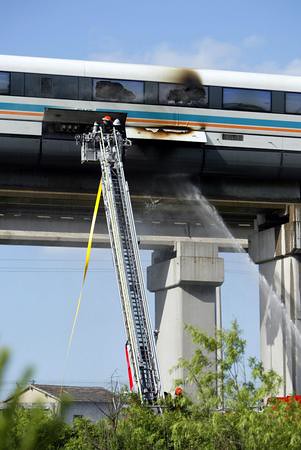
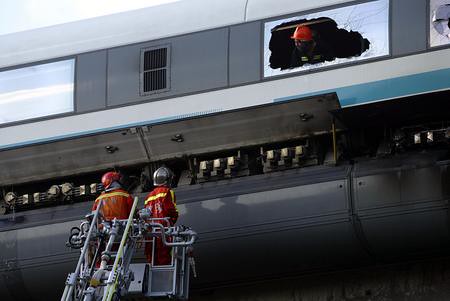
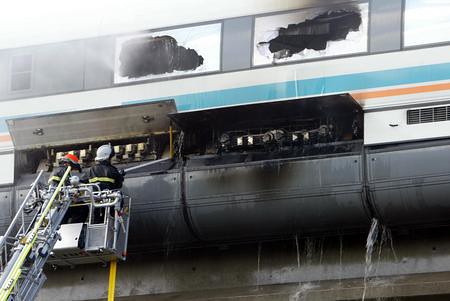
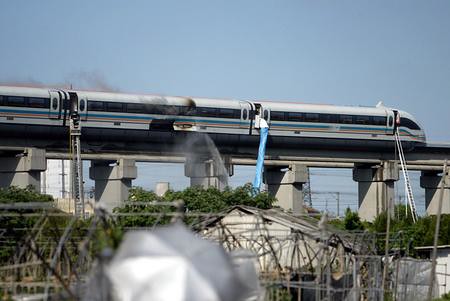
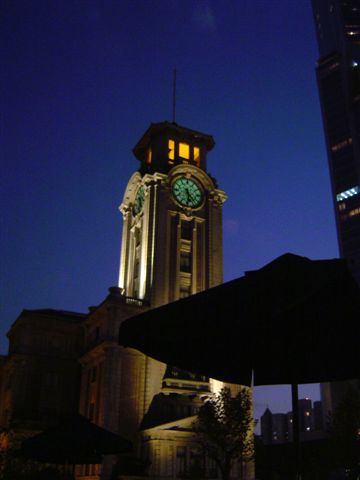
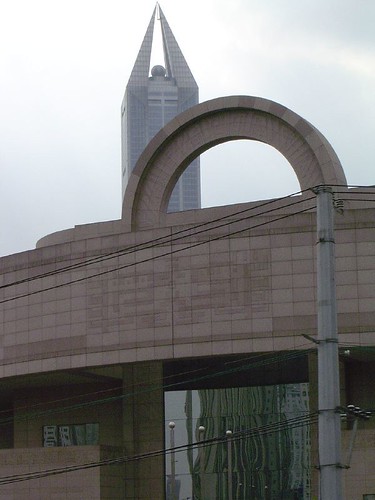
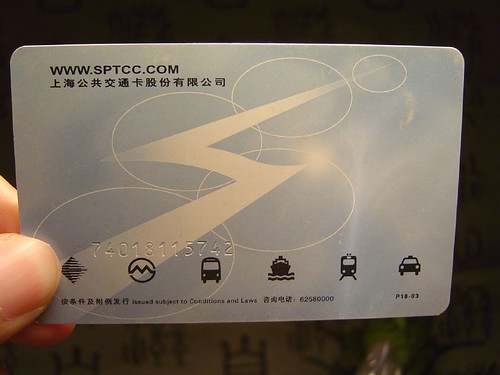
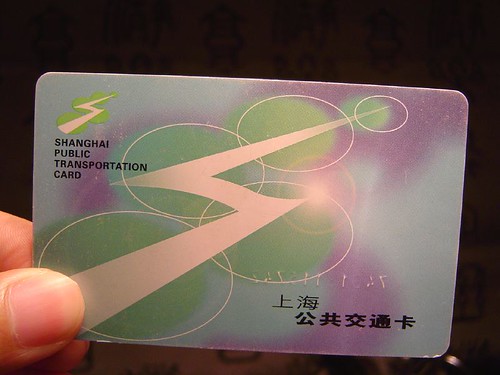
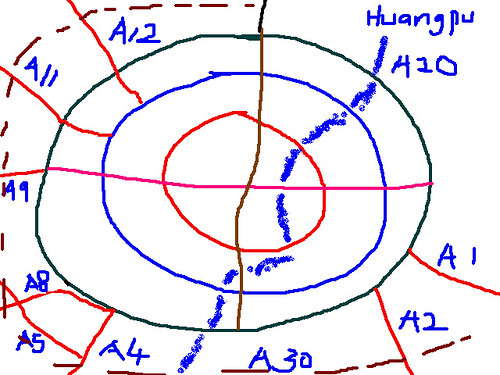
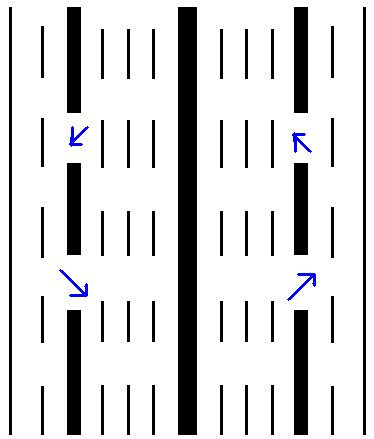
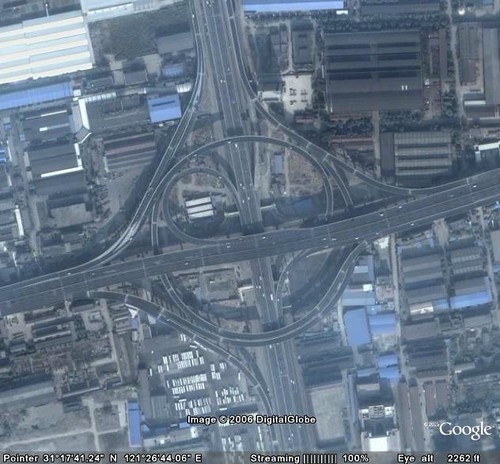
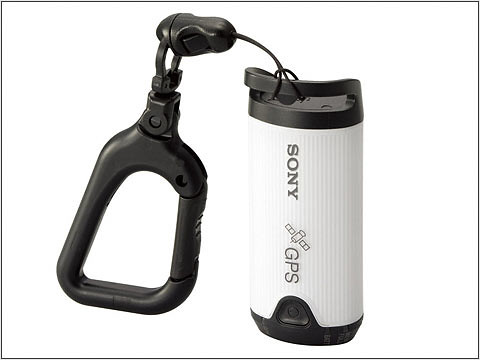
 East Hotel (东方宾馆) is one of the many splendid hotels in the history of Shanghai but fade out to be a small potato in the hotel industry. It is just at the People’s Square – Xizang Road, and Guanxi Road. I see the roof of the hotel everyday from my window in the office. The history changed very thing.
East Hotel (东方宾馆) is one of the many splendid hotels in the history of Shanghai but fade out to be a small potato in the hotel industry. It is just at the People’s Square – Xizang Road, and Guanxi Road. I see the roof of the hotel everyday from my window in the office. The history changed very thing.